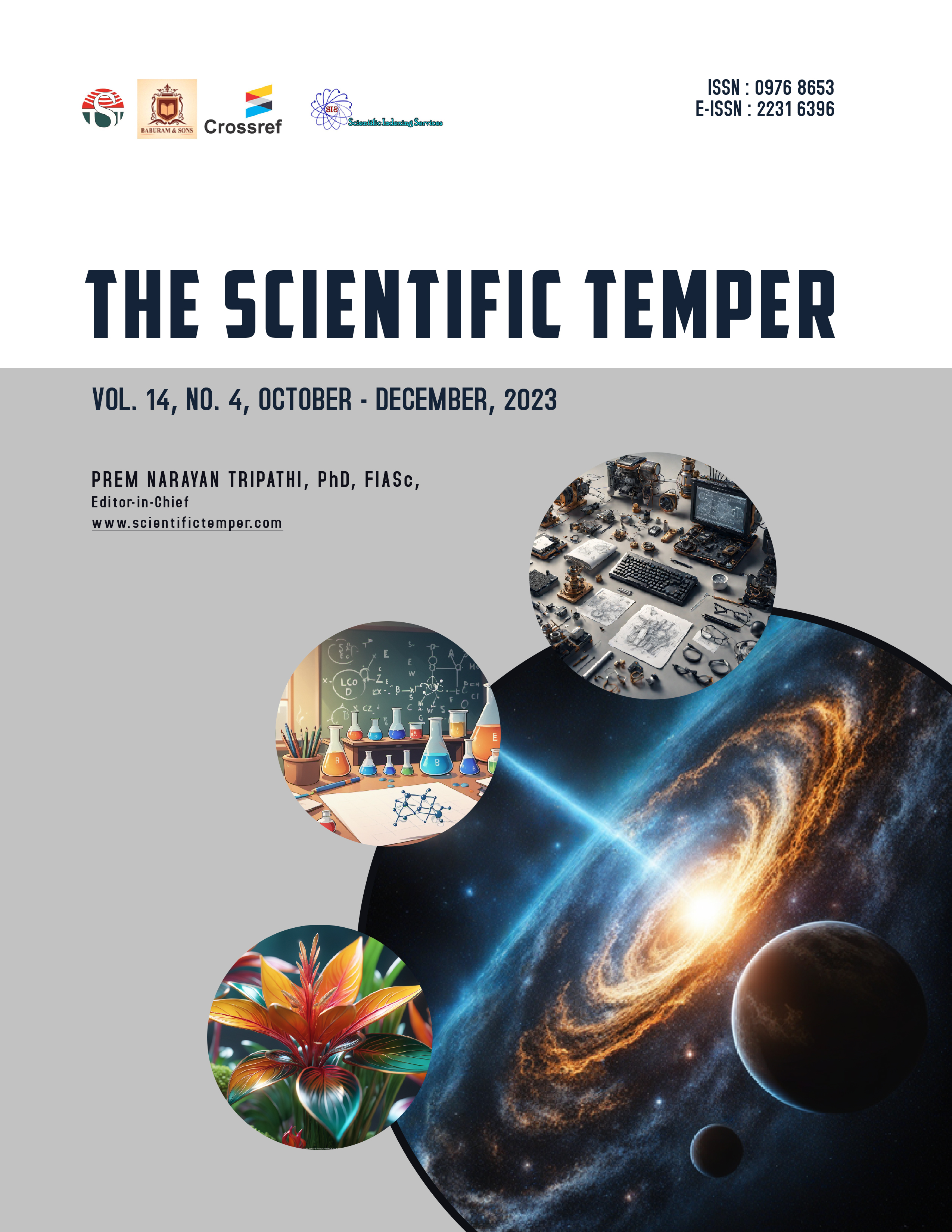Detecting denial of sleep attacks by analysis of wireless sensor networks and the Internet of Things
Downloads
Published
DOI:
https://doi.org/10.58414/SCIENTIFICTEMPER.2023.14.4.52Keywords:
Denial of service, Denial of sleep, Internet of Things, Wake-up radio, Network security, Wireless sensor networks, AODV protocol.Dimensions Badge
Issue
Section
License
Copyright (c) 2023 The Scientific Temper

This work is licensed under a Creative Commons Attribution-NonCommercial-ShareAlike 4.0 International License.
The Internet of Things (IoT) amalgamates a large number of physical objects that are distinctively identified, ubiquitously interconnected and accessible through the Internet. IoT endeavors to renovate any object in the real world into a computing device that has sensing, communicating, computing and control capabilities. There are a budding number of IoT devices and applications and this escort to an increase in the number and complexity of malicious attacks. It is important to defend IoT systems against malicious attacks, especially to prevent attackers from acquiring control over the devices. Energy utilization is significant for battery-enabled devices in the IoT and wireless sensor networks which are operated long time period. The Denial-of-Sleep attack is an explicit type of denial-of-service attack that beleaguered a battery-powered device’s power supply that results in the exhaustion of this critical resource. This paper focuses on the survey on Denial of sleep attacks in Wireless Sensor networks and the IoT.Abstract
How to Cite
Downloads
Similar Articles
- Elizabeth Mize, A critical analysis of the continuing professional development of teachers in India through the lens of NEP 2020 , The Scientific Temper: Vol. 16 No. 03 (2025): The Scientific Temper
- Ritu Jain, Ritesh Tiwari, Shailendra Kumar, Ajay Kumar Shukla, Manish Kumar, Awadhesh Kumar Shukla, Description of Medicinal Herb, Perfume Ginger: Hedychium spicatum (Zingiberales: Zingiberaceae) , The Scientific Temper: Vol. 13 No. 02 (2022): The Scientific Temper
- Manan Pathak, Dishang Trivedi Trivedi, Field-effect limits and design parameters for hybrid HVDC – HVAC transmission line corridors , The Scientific Temper: Vol. 16 No. Spl-1 (2025): The Scientific Temper
- Arunima Dey, New gender representation on the Indian OTT platform: A study on web series “Made in Heaven” , The Scientific Temper: Vol. 15 No. 01 (2024): The Scientific Temper
- Aditi Malik, Rishi Chaudhry, Mohit, Urvashi Suryavanshi, Mapping the landscape of political advertising research: A comprehensive bibliometric analysis , The Scientific Temper: Vol. 15 No. 04 (2024): The Scientific Temper
- Sawitri Devi, Raj Kumar, Unveiling scholarly insights: A bibliometric analysis of literature on gender bias at the workplace , The Scientific Temper: Vol. 15 No. 03 (2024): The Scientific Temper
- Sonal R. Vasant, Synthesis and characterization of pure and magnesium ion doped CPPD nanoparticles , The Scientific Temper: Vol. 15 No. 02 (2024): The Scientific Temper
- Pravin P. Adivarekar1, Amarnath Prabhakaran A, Sukhwinder Sharma, Divya P, Muniyandy Elangovan, Ravi Rastogi, Automated machine learning and neural architecture optimization , The Scientific Temper: Vol. 14 No. 04 (2023): The Scientific Temper
- Nitika, Kuldeep Chaudhary, A critical review of social media advertising literature: Visualization and bibliometric approach , The Scientific Temper: Vol. 15 No. 03 (2024): The Scientific Temper
- Urmi Chakravorty, Social media’s detrimental outcomes on personal relationships , The Scientific Temper: Vol. 15 No. 01 (2024): The Scientific Temper
<< < 15 16 17 18 19 20 21 22 23 24 > >>
You may also start an advanced similarity search for this article.



